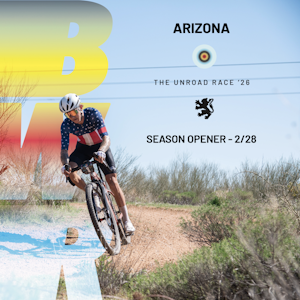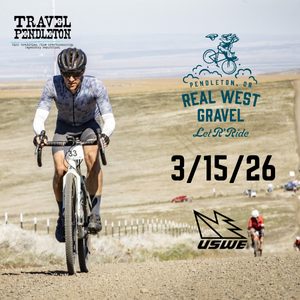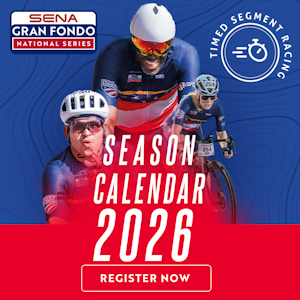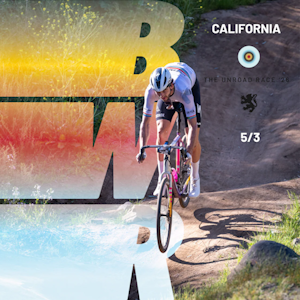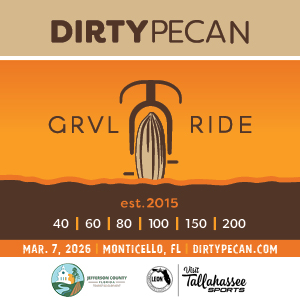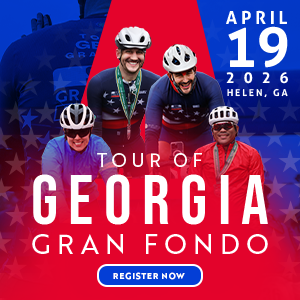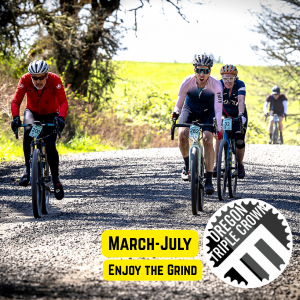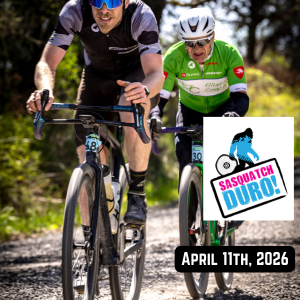Beating the Bonk
Signed up for a longer distance event this Spring? Avoid the Cyclists' slump and feed your body.
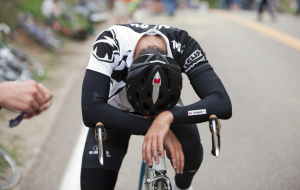 Bonking - the cyclists slang for Hypoglycaemia. When the body's glycogen stores become exhausted, and blood glucose levels become dangerously low. It leaves the rider weak, hungry and tired. Symptoms include shaking, sweating and dizziness. You also may experience irritability, anger and bright lights as your brain starts to stop you doing what your doing!
Bonking - the cyclists slang for Hypoglycaemia. When the body's glycogen stores become exhausted, and blood glucose levels become dangerously low. It leaves the rider weak, hungry and tired. Symptoms include shaking, sweating and dizziness. You also may experience irritability, anger and bright lights as your brain starts to stop you doing what your doing!
So it's vitally important that you learn how to avoid one, especially when your training for an endurance cycling event. The body is only able to store enough glucose to last for about 90 minutes or around 2 hours for a trained endurance athlete.
For most regular cyclists, a bonk manifests itself in a slowing of pace and irritability. Grovelling home or to the next gas station isn't much fun.
The best way to avoid this is to eat little and often - even before you feel hungry or thristy.
Hydration
Poor hydration leads to reduced performance, even at very low levels. If your planning a big ride, try and drink 2 litres of water per day in the week prior to the big ride. Sounds like a lot, but this will fully hydrate your body and help flush out any toxins too. Your pee should be nice and clear, not yellow or brown like beer.
After a long ride, if your pee is like beer and you've got a slight headache - then this is the classic symptoms of not hydrating properly.
For an endurance ride, the rule of thumb is one 500ml bottle of liquid at least every hour. With this in mind you'll need to plan your longer training routes with pit stops to bring on more liquid. Plain water with an electrolyte mix is preferable. If your on a budget, then a fizzy drink like Coke will do. Some electrolyte drinks offer high carbohyrdrates as well as electrolytes which can be beneficial at more intense rides, like a very hilly event.
How Your Body Mistakes Hunger for Thirst!
Thirst occurs when your body needs water. When you do not drink enough water, your body receives mixed signals on hunger. Dehydration causes you to believe you need to eat when you really need liquid intake. Keeping track of what you drink and eat will help stop overeating. It will also clue in to how much you drink a day, and what your liquid needs are.
If you do not get enough to drink on a daily basis, you will feel tired. You will feel hungry because your body thinks it needs food for energy. This sense of feeling tired relates to your body not taking in enough fluids, which help your body function better.
Your body’s organs need water just as a car’s engine needs fuel to run efficiently.
Nutrition
For longer rides of a few hours or more you'll need to start eating early and often, even though you won't feel hungry. It's essential your start to refuel before you start feeling hungry.
Carry food that you enjoy eating. Always think about mixing up sweet with savory. Gels and Power Bars are good for getting carbohydrate into your system. Simply separating these two categories, sports drinks and energy food, typically brings people back into the range of 30 to 60 grams of carbohydrate per hour, while also ensuring they're getting adequate sodium and fluids.
If your'e on a budget, homemade bars, sandwiches and bananas are a good alternative. Something with high carbohydate content and easy to eat. The last thing you want is something difficult to chew while your riding along!
Experiment to see what works for you and what you enjoy.
Practice Makes Perfect
It's imperative in your longer training rides leading up to your full distance, that you practice good nutrition during your training, so your body is counting on those good habits come race day.
Again at least a 500ml bottle of liquid every hour during a longer ride, and eating every hour starting at the second hour.
So practice that strategy during your long training rides and see the benefits.
Our 'Maca You Go Fasta!' Bites
1 cup figs or dates
1 cup dried cranberries or any dried fruit (not apricots as thay can be a bit soft)
3/4 cup pistachio nuts (almonds are also good)
2 tnsp of maca powder
2 tbsp of chia seeds
2 tbsp almond butter
2 tbsp coconut oil
1 tbsp Manuka honey
Bend the pisachio nuts in a food processor for about a minute until they form a flour. Add the figs, cranberry and the Macca powder and blend again. Once the mixture has become stuck together, scoop it out of the processor and roll out a tablespoon of the mixture into a ball onto a plate. Size them to be an easy mouthful for you eat on your next training ride.
Finally, once all the balls have been made, place them in the freezer for about an hour and then put them in the fridge! Voila!




 2026 Route Presentation
2026 Route Presentation